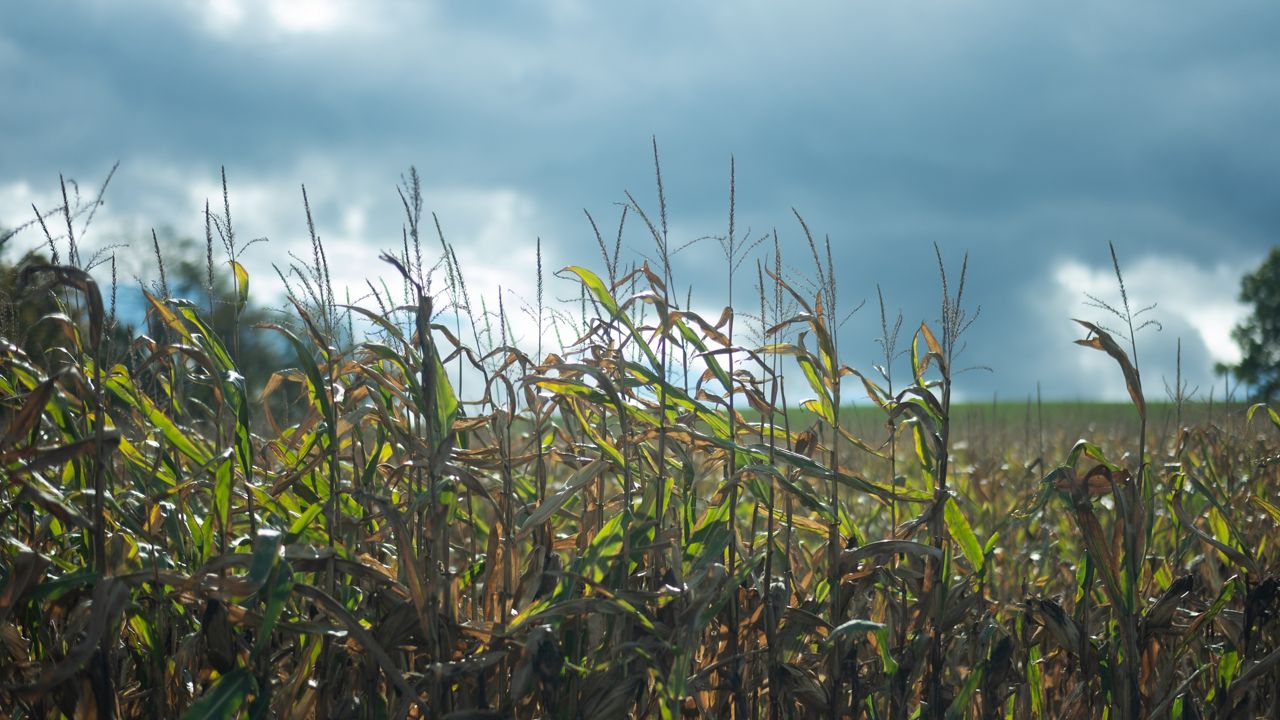Sewage sludge, a byproduct of the wastewater treatment process, has been found to contaminate farmland and its products with "forever chemicals,” the U.S. Environmental Protection Agency says in a draft risk assessment released Tuesday.
The semi-solid material, also known as biosolids, has been used on farmland for more than 40 years as a more cost-effective form of commercial fertilizer. In recent years, however, the practice has come under scrutiny due to the discovery of per- and polyfluoroalkyl substances (PFAS). States like Maine and Connecticut have banned land application of biosolids.
“This draft assessment provides important information to help inform future actions by federal and state agencies as well as steps that wastewater systems, farmers and other stakeholders can take to protect people from PFAS exposure, while ensuring American industry keeps feeding and fueling our nation,” said EPA Acting Administrator Jane Nishida in a statement.
While there are thousands of PFAS chemicals in existence, the EPA looked at two that have been linked to human health issues such as cancer, PFOA and PFOS. Additionally, they are difficult to degrade and treat in the wastewater treatment plants, which gives them the “forever chemicals” moniker. The risk assessment focused on people closest to the farms that have used sewage sludge as fertilizer in the past.
In 2022, 56% of all biosolids in the U.S. were applied on land. However, the EPA estimates that less than1% of all productive agricultural land has been fertilized with sewage sludge.
Risk estimates from the assessment found that those living on or near sites where biosolids have been spread and those who rely on products such as food crops, animal products or drinking water near those sites exceed the acceptable human health risk threshold set by the agency, sometimes by several orders of magnitude.
Contamination levels in products such as milk, meat and vegetables depend on a variety of factors such as land geography, amount of sludge applied, number of applications, climate, agronomic factors and more. Additionally, PFAS levels in sewage sludge can vary, the EPA said.
“EPA's analysis does not suggest a risk to the general food supply but in the limited number of acres and farms that do use biosolids on agricultural land, there could be risks posed to either the farm families that consume a lot of products that come off of those farms or to the adjacent people who live right near them,” said Zach Schafer, the director of policy for the office of water at the EPA, in an interview with Spectrum News 1 ahead of the report’s release.
The risk assessment found that the highest risk factors include:
- Drinking milk from majority pasture-raised cows consuming contaminated forage, soil and water.
- Drinking water sourced from contaminated surface or ground water on or adjacent to the impacted property. \
- Eating fish from a lake impacted by runoff from the impacted property.
- Eating beef or eggs from majority pasture-raised hens or cattle where the pasture has received impacted sewage sludge.
The assessment looked at these individually but not at the combined risk of consuming multiple products from impacted properties. Health issues linked to exposure to PFOA and PFOS include higher rates of certain cancers, higher blood pressure and cholesterol, low birth weight among infants and a decline in vaccine response for children.
“There could be some vulnerable populations and certainly hot spots who we want to make sure that we are providing adequate information to protect and taking appropriate steps to reduce risks where they’re occurring,” Schafer said.


